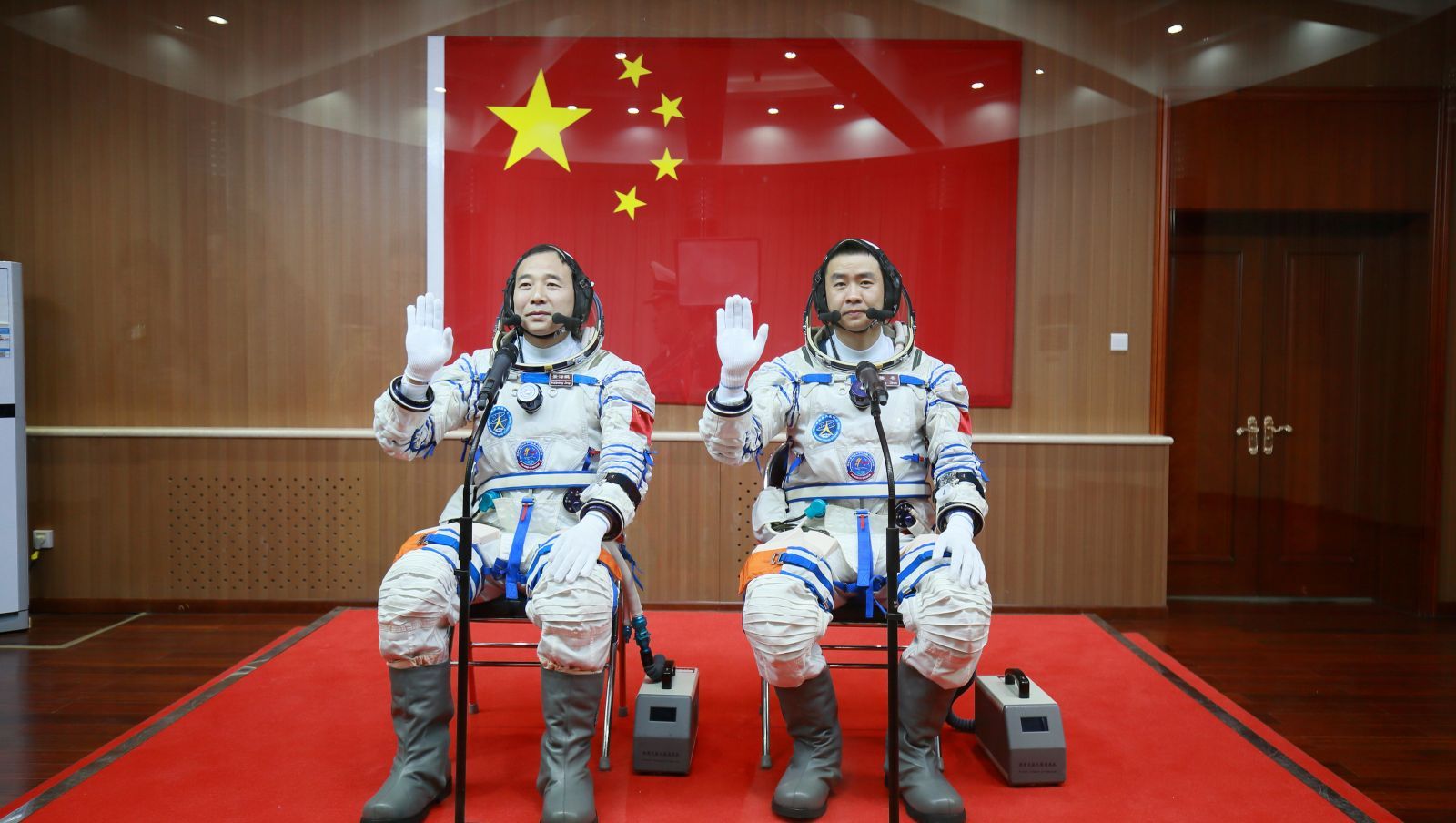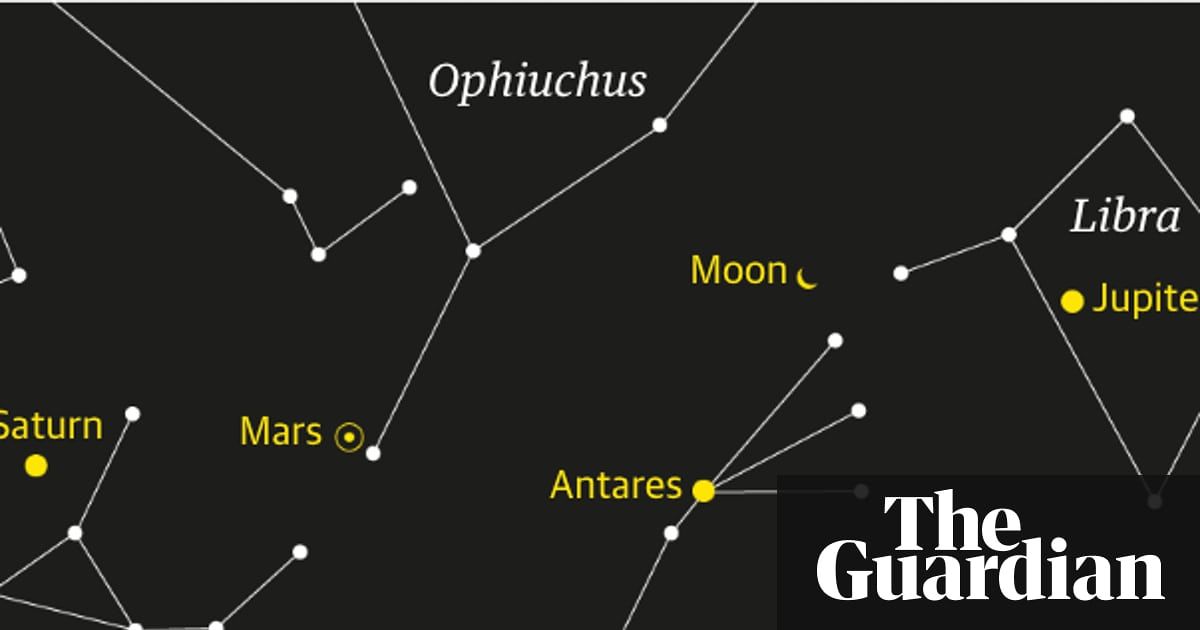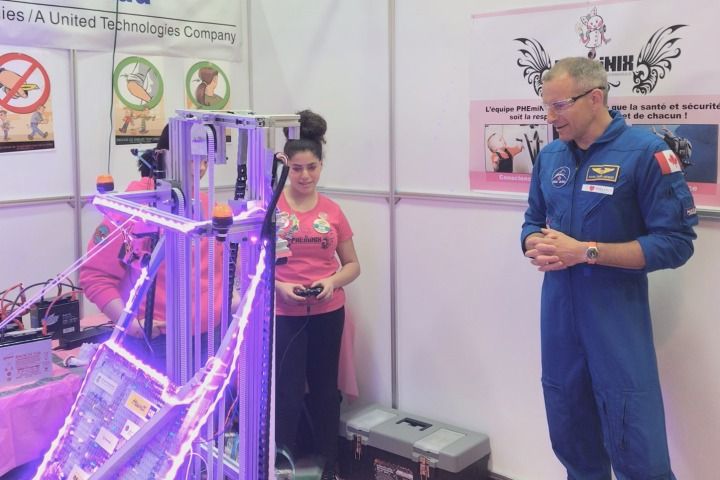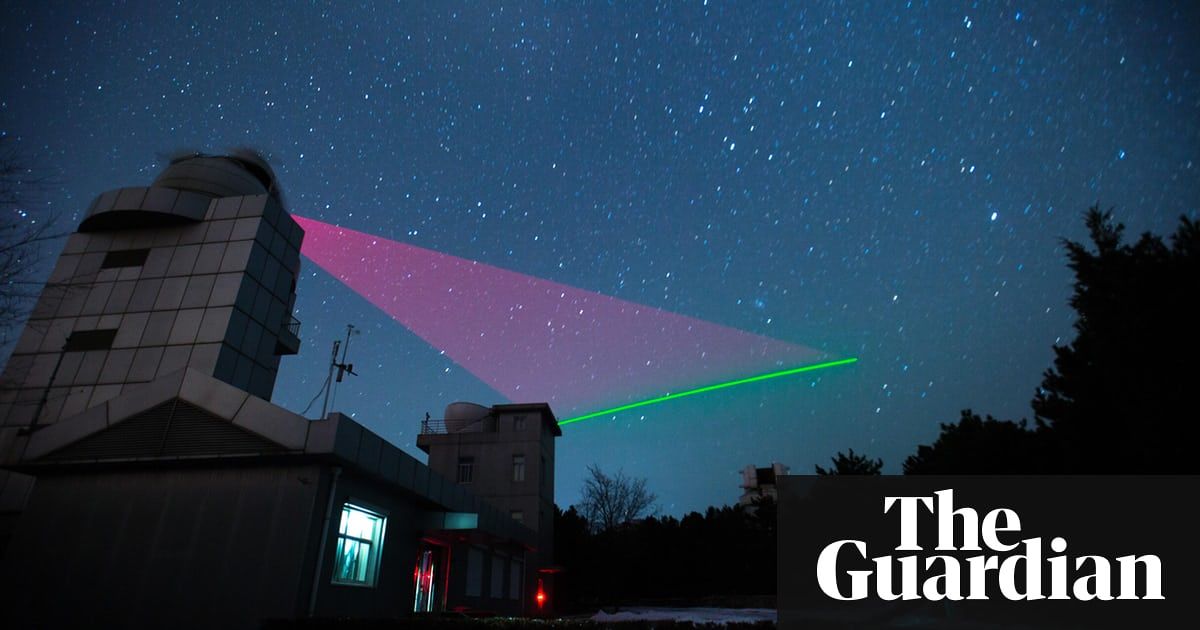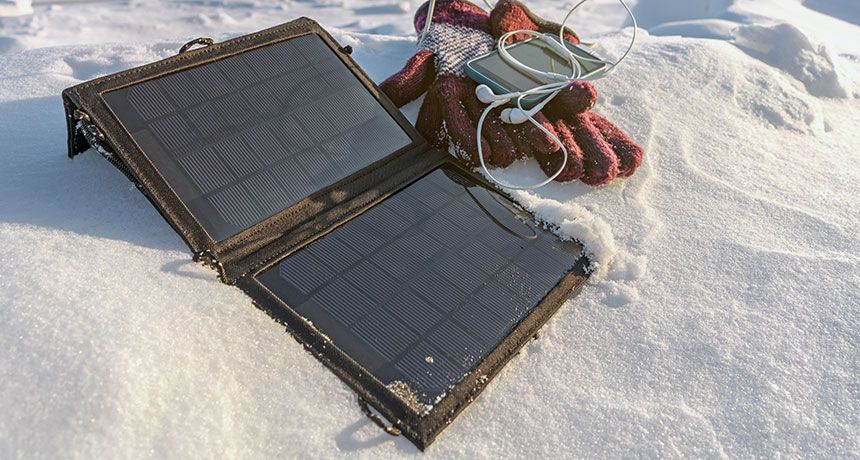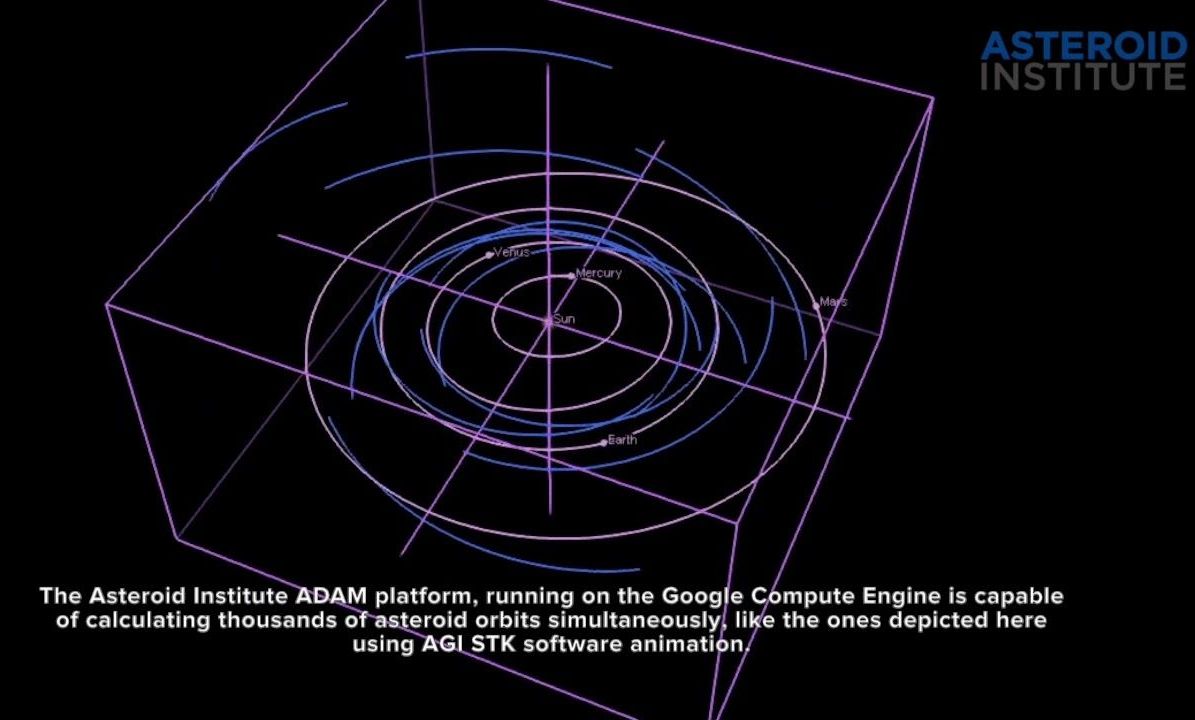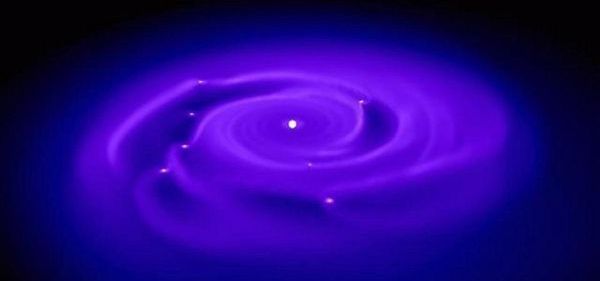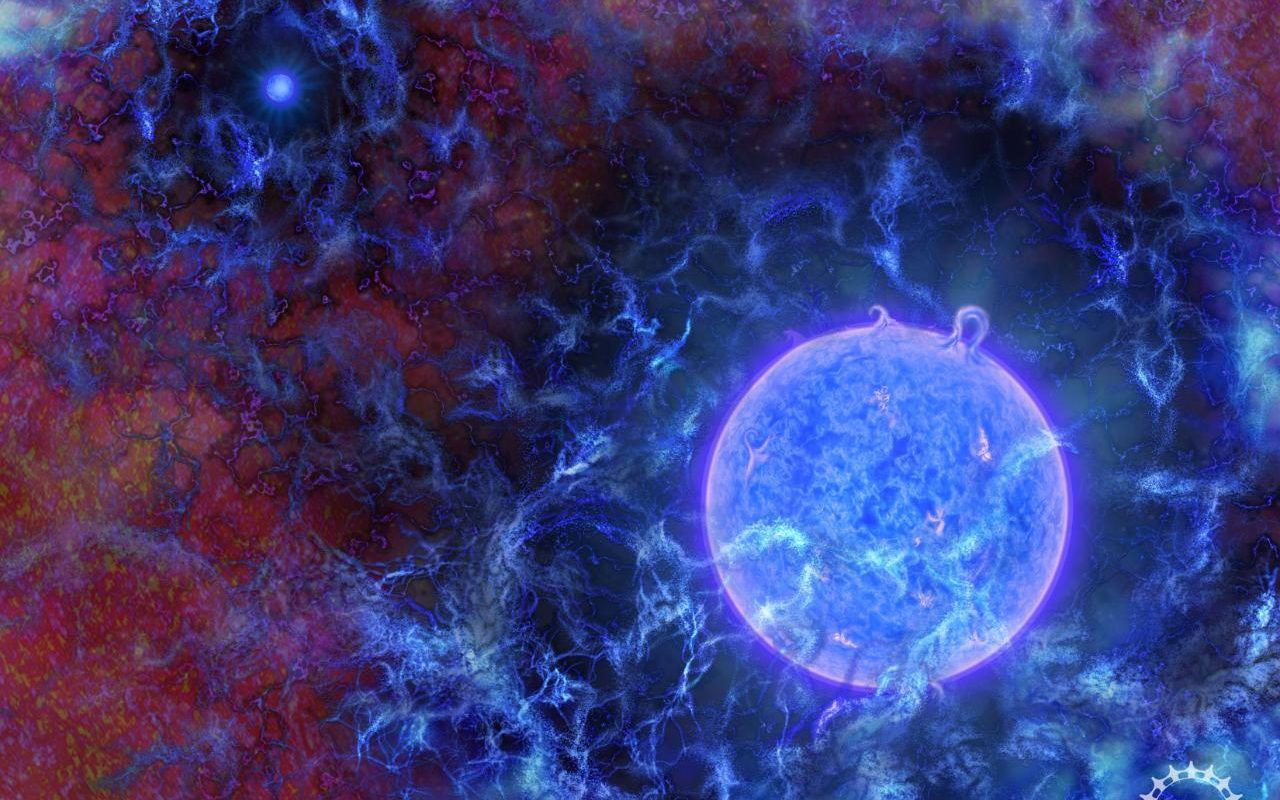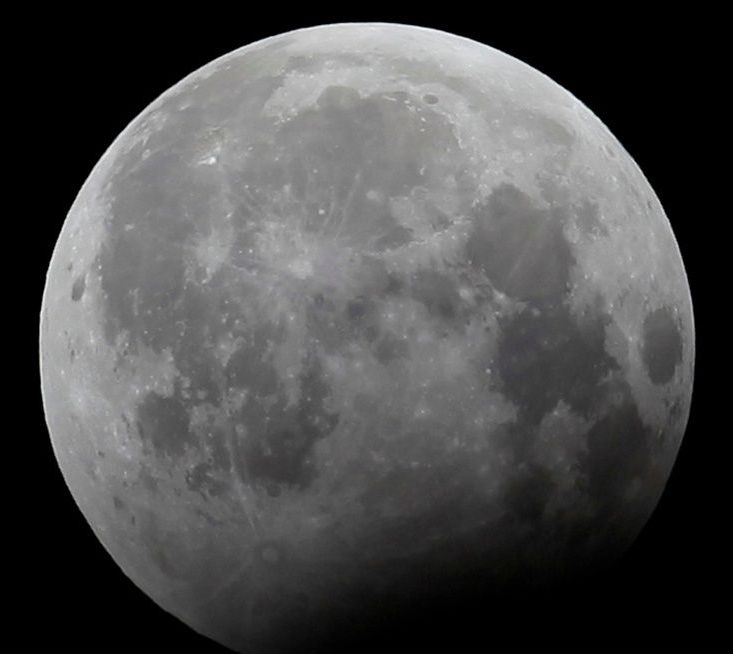China is intensifying its push into space, and broadening its astronaut recruiting.
The Chinese government, which plans to increase the number of manned missions in its military-backed space program to around two a year, will soon begin recruiting civilian astronauts, Yang Liwei, deputy director of the China Manned Space Engineering Office, told reporters on the sidelines of a ceremonial parliament session this weekend. That’s a departure from China’s practice of drawing its astronauts from among air force pilots.
Yang—who was China’s first man in space in 2003—said the trainees could include private-sector maintenance engineers, payload specialists, pilots, scientists, and people from universities and other research institutions, according to the Associated Press. More women are also being encouraged to apply. The loosening of restrictions comes amid NASA’s announcement that it has recruited America’s most competitive class of astronauts ever, as well as other initiatives like Canada’s Hunger Games -style search for new astronauts on the internet.
